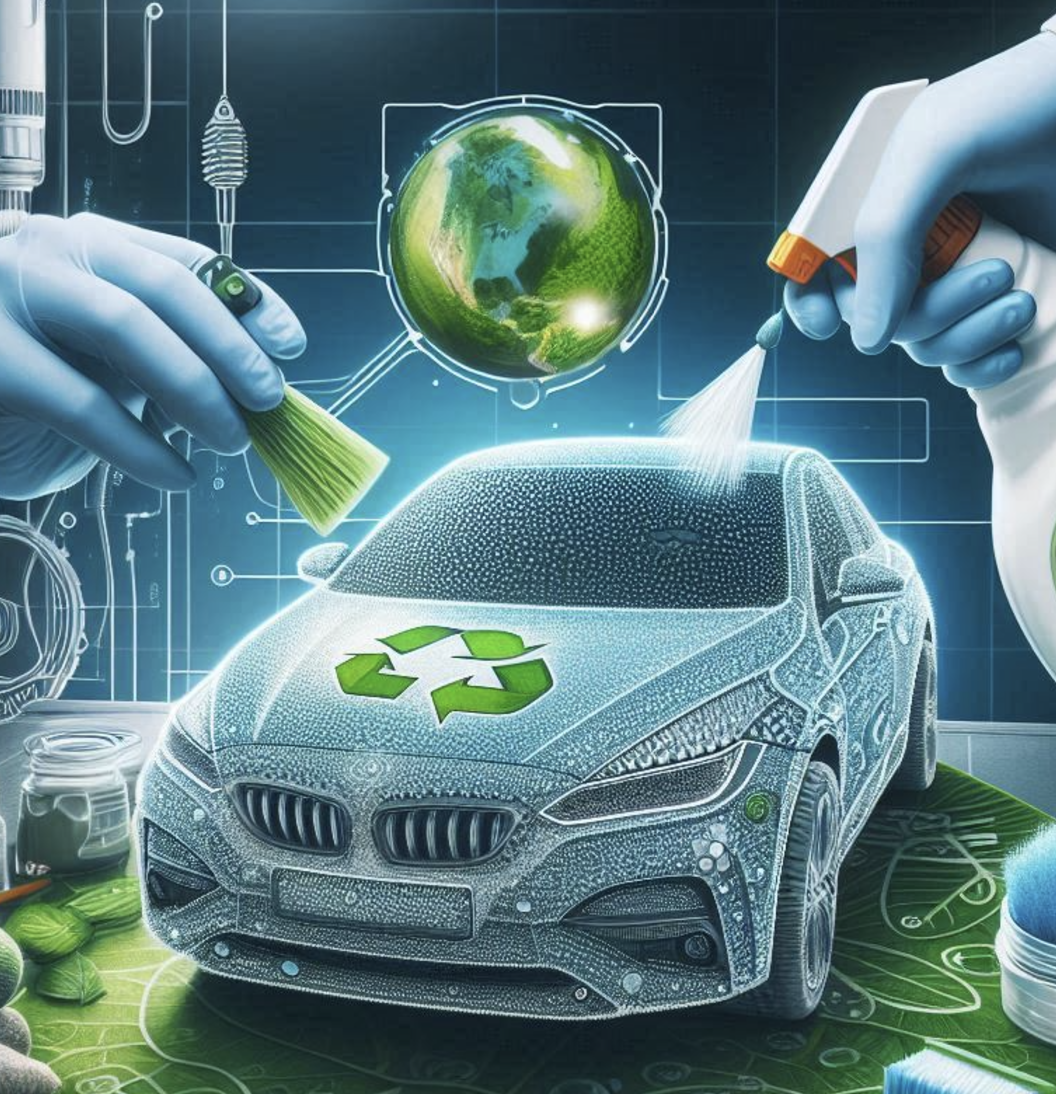Introduction:
As the world seeks to transition to a more sustainable and future, solar power has emerged as a prominent contender. With recent advancements in technology, the cost of solar panels has significantly decreased, making them more accessible to individuals and businesses alike. This article explores the cultural, technical, and historical aspects of this solar revolution, uncovering interesting facts and examples that showcase the immense potential of the new, affordable, and massive solar panels.
Cultural Implications: Empowering Individuals and Communities:
The affordability of solar panels has ignited a cultural shift towards energy independence. As individuals and communities embrace solar power, they take control of their energy consumption, reduce their carbon footprint, and contribute to a cleaner environment. Solar panels have become symbols of environmental stewardship and a statement of commitment to a sustainable future.
Technical Advancements: Efficiency and Affordability:
Technological breakthroughs have revolutionized solar panel efficiency and reduced manufacturing costs. The development of next-generation photovoltaic materials, such as perovskite solar cells, has significantly improved energy conversion rates, making solar panels more efficient. Furthermore, innovative manufacturing processes and economies of scale have played a crucial role in driving down the cost of solar panels, making them more affordable and attractive for consumers.
Historical Context: From Niche to Mainstream:
Solar power’s journey from a niche technology to a mainstream energy source has been a remarkable one. Decades of research and development, coupled with policy support and public awareness, have propelled solar panels into the limelight. The history of solar panels showcases their evolution from bulky and expensive systems to sleek, efficient, and cost-effective power generators that are reshaping the energy landscape.
Interesting Facts:
a) The world’s largest solar power plant, the Bhadla Solar Park in India, spans over 14,000 acres and has a capacity of 2.2 gigawatts, powering millions of homes.
b) Solar panels can generate electricity even on cloudy days, thanks to advancements in technology that enhance their efficiency under low-light conditions.
c) The cost of solar panels has decreased by over 80% in the past decade, making solar energy one of the most cost-effective sources of electricity in many regions.
Exemplifying the Potential: Massive Solar Installations:
One compelling example of the new, affordable, and massive solar panels is the Noor Abu Dhabi Solar Plant in the United Arab Emirates. With a capacity of 1.2 gigawatts, it stands as the world’s largest single-site solar power plant, producing clean energy for hundreds of thousands of households. Such projects demonstrate the scalability and viability of solar energy on a grand scale, showcasing the potential for affordable and massive solar installations worldwide.
Conclusion:
The era of affordable and massive solar panels has arrived, heralding a new chapter in the global pursuit of clean energy. As solar power becomes more accessible, individuals, communities, and even entire nations can harness the sun’s energy to power their lives sustainably. The cultural shift towards energy independence, combined with technological advancements, has paved the way for solar panels to transform the energy landscape. With fascinating historical context, interesting facts, and remarkable examples, the potential of these affordable and massive solar panels becomes undeniably clear. As we embrace this solar revolution, we illuminate a future where renewable energy powers our world, leaving a lasting impact for generations to come.





